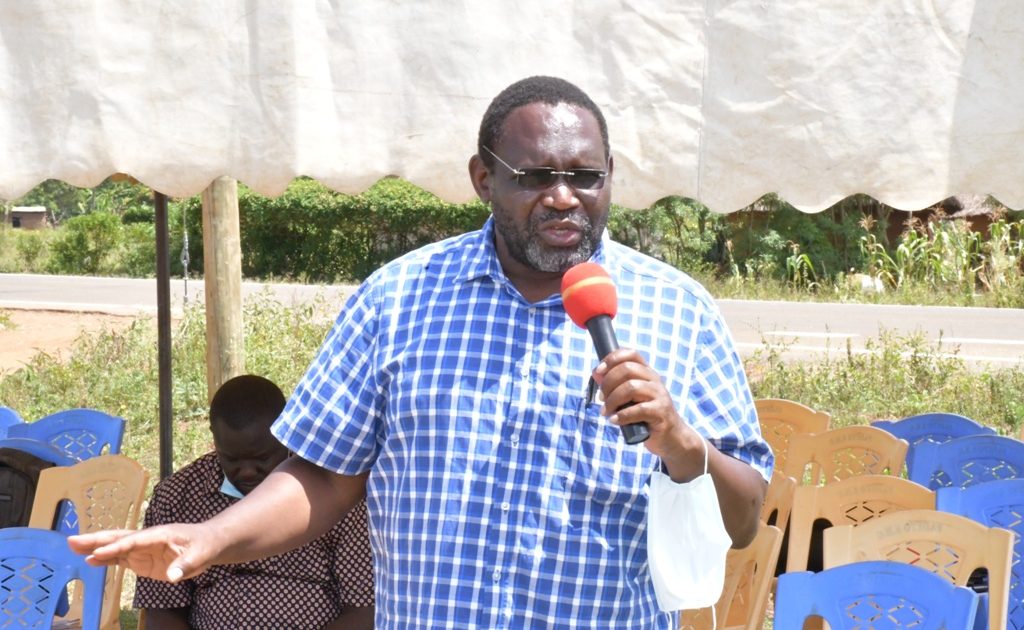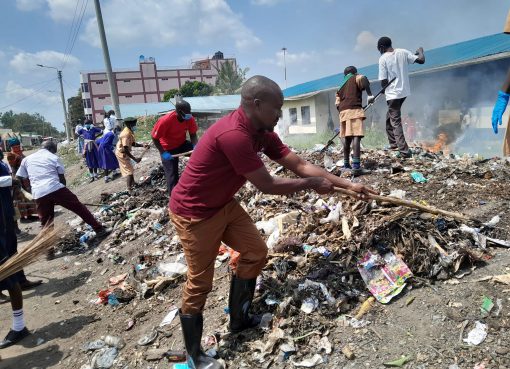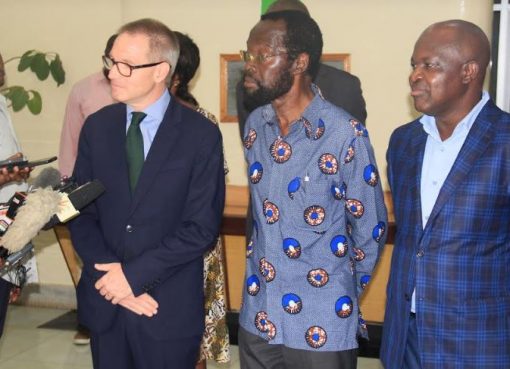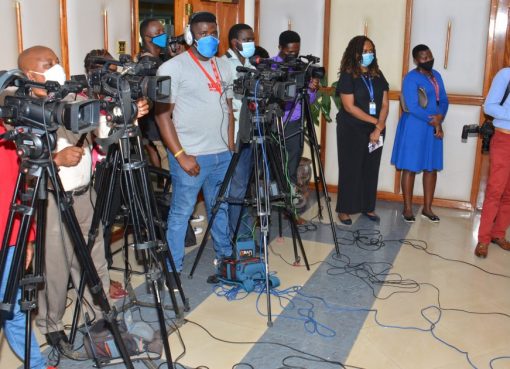Thousands of Teso North residents in Busia County are set to benefit from a Sh7 billion trans-boundary Ang’ololo Water Resources Development Project to be undertaken along River Malaba that separates Kenya and Uganda.
The multi-purpose project will involve construction of a 40-metre high dam at Kamachar in Moding location, with a reservoir capacity to hold approximately 43 million cubic metres that will supply portable water to over 20,000 people both in Kenya and Uganda.

The dam is also expected to supply water with a capacity to irrigate 1,180 hectares of land in Kenya and 2,120 hectares in Uganda.
Besides the water supply and irrigation components, the project will also produce 1.75 megawatts of electricity which will be consumed locally, hence increasing the number of people accessing electricity in Teso North.
The Nile Equatorial Lakes Subsidiary Action Program (NELSAP) has already concluded preparatory studies for the project paving way for resource mobilization for the project’s implementation.
In an interview with the press, the project’s Environmental and Social Impact Assessment consultant, Jacob Kibwage, noted that the project has received massive backing from the local community after holding public participation meetings at Omella in Uganda and Kemachar and Jairos in Kenya.
He stated: “It has reached a time when we can no longer continue depending on rain from January to December. Climate change is real and you can attest to that because of the irregular rain patterns we currently experience.”
“The only water that is going to save the people of Teso North is the river Malaba water. Once the dam is complete, we shall be able to harvest water which will be going to the gardens from January to December, hence there will be no time when residents will complain of
water shortage,” he said.
According to Kibwage, over 127,000 residents from Moding, Osajai and Kamuriai locations in Busia County in Kenya, and in Tororo, Manafwa and Namisindwa districts in Uganda will benefit from the project.
“This project is going to change the lives of our people for the better going forward, because if we continue depending on natural rain we will not go far.
“Once complete, women will not be walking far to look for water because the dam will supply piped water to homesteads and institutions around,” Kibwage said noting that the irrigation component will increase food production which can be sold in local and international
markets.
Busia County Government Director for Irrigation and Land Reclamation, Dismas Odula, urged residents from the three locations of Moding, Osajai and Kamuriai to embrace the project as all the safety measures will be put in place.
He encouraged them to be ready to embrace agriculture as a business in order to be able to reap from the economies of scale associated with the dam project.
Residents living within the catchment area of the project welcomed it saying that it will help in alleviating poverty that has bedeviled them for ages as they are now ready to embrace farming.
They said that once water for irrigation is available, most of them are ready to engage in fruit production, hence they proposed for construction of a fruit factory in the sub county to process pineapples, oranges, jackfruit and mangoes.
The Ang’ololo Water Resources Development Project was identified by Kenya and Uganda in collaboration with Nile Equatorial Lakes Subsidiary Action Program (NELSAP) through its Sio-Malaba- Malakisi River Basin Management project.
Its objective is to alleviate poverty in the project area by transforming the existing subsistence farming into large-scale commercial farming of irrigated lands producing principally high value horticultural crops, increase adaptation to climate change, reverse environmental degradation, improve water supply and sanitation, strengthen trans-boundary cooperation and promote agro-processing as well as crop and livestock production.
By Melechezedeck Ejakait





